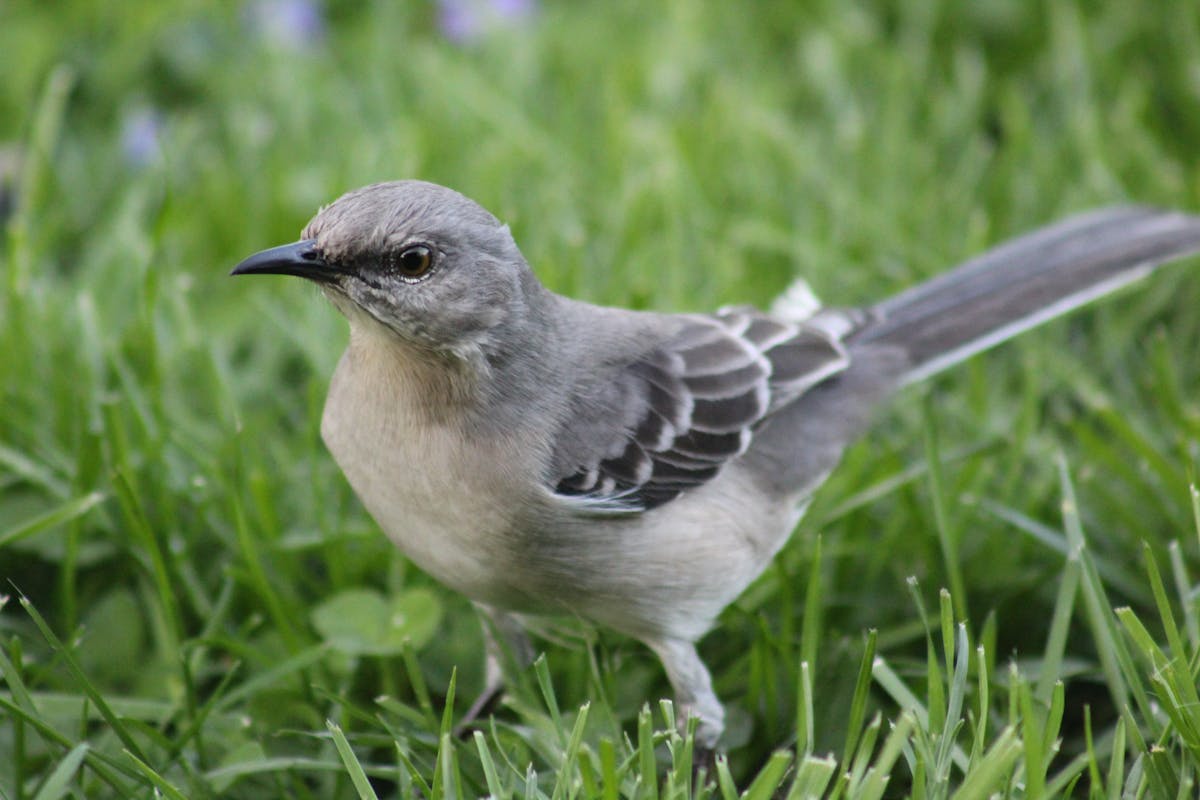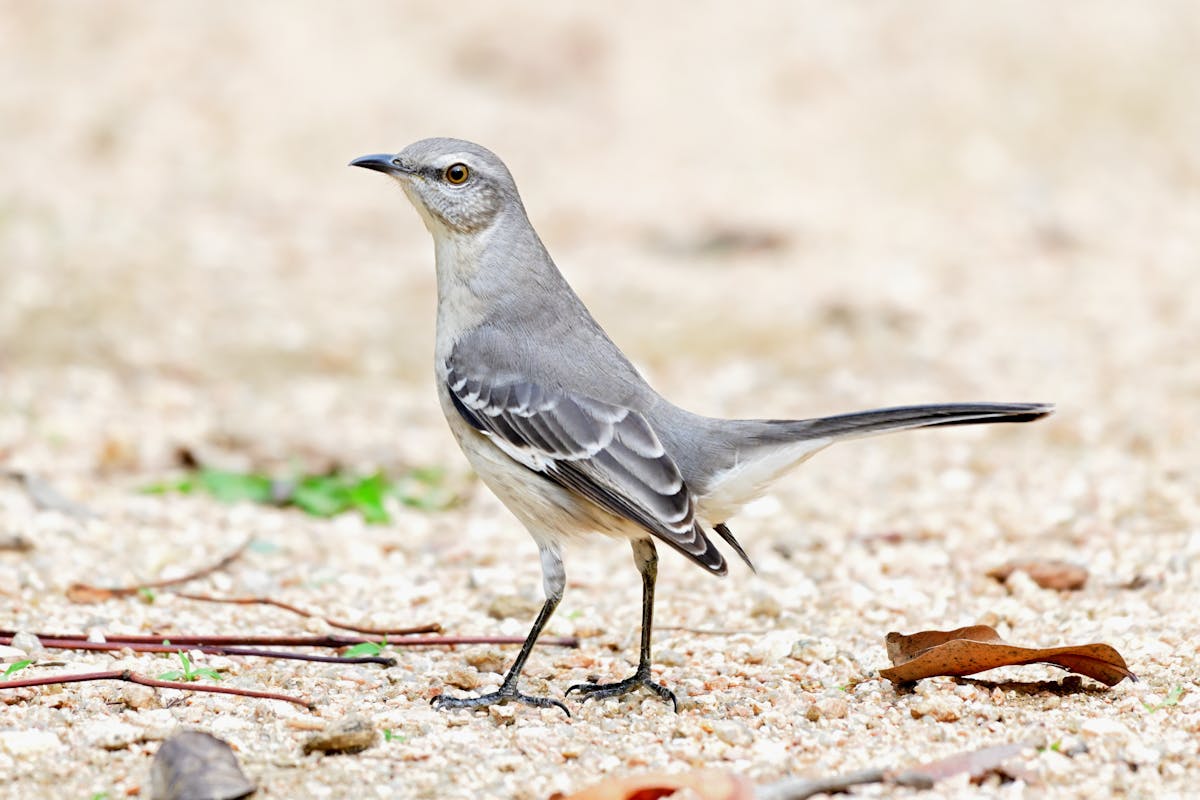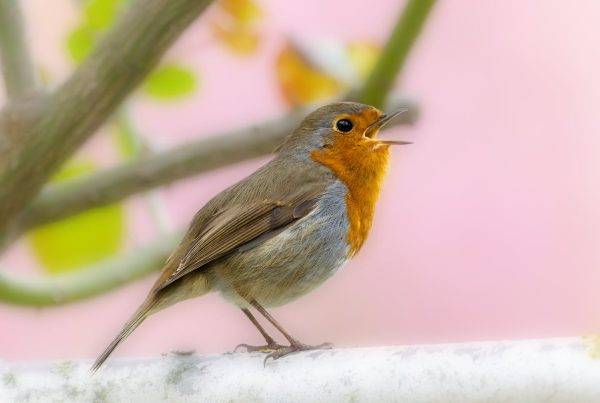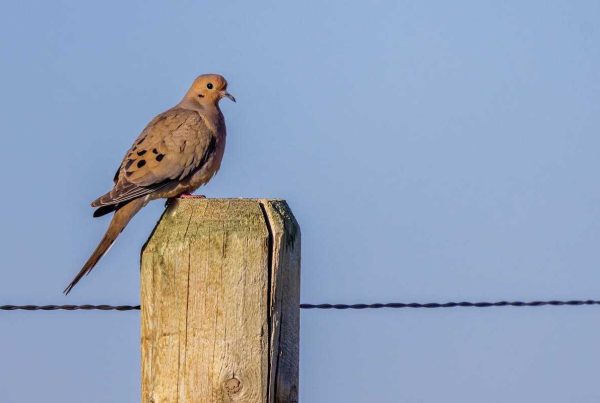
Mockingbird Bird
State bird: northern mockingbird bird– Arkansas, Florida, Mississippi, Tennessee, Texas. It’s a popular bird. But what do you really know about it?
Bird Introductions-Northern Mockingbird:
Grey, black, and white, Northern mockingbirds may sound drab, but they are graceful, fierce birds. Male and female mockingbirds look the same. They have medium gray heads and backs. Their wings are darker and show two narrow white bars. Also, they have unique white patches on their wings. The tail is dark gray or black with white outer feathers, and the chests and abdomens are white or grayish white. These birds possess a pale black stripe along lores from the bill to the eye. In the air, stark white outer tail feathers and white wing patches flash clearly. The eyes are yellow-brown and the legs and feet are black or dark black-gray.
📝Basic Info:
- Mimus polyglottos (Mimidae)
- Lifespan: 7-8 years
- Size: 10 inches
- Weight: 1.7-1.8 ounces
- Wingspan: 14-15 inches
Northern Mockingbird Range and Habitat:
The mockingbird usually stays in its home area year-round. However, the birds in the north often move south for the winter.
The mockingbird’s habitat is location-dependent but open areas with little vegetation are preferable. In the east, common residential areas are the suburbs of parks and gardens and urban areas. It favors mowed lawns with shrubs nearby for shade and nesting. Their favored habitats include desert scrub and chaparral in western regions. It forages for food in short grass. This species is different from many forest birds. It does not nest in the deepest old-growth forest. Instead, it stays in the same type of habitat all year long.

Mockingbird in your backyard
Northern Mockingbird in your backyard:
Northern mockingbirds love visiting feeders. They enjoy bread scraps, suet, and peanut butter. They also like sunflower seeds, apples, and raisins.
Northern Mockingbird Breeding:
Both male and female help in building the nest. The male does most of the work. The female sits on a perch in the shrub or tree. She watches for predators while the nest is being built. They typically build their nests 3 to 10 feet off the ground. The outer nest uses twigs. The inner nest has grasses, dead leaves, moss, or synthetic fibers. The eggs are pastel blue or greenish and covered with speckles. The female lays three to five eggs and incubates them for almost two weeks. The male and the female will feed the chicks once they have hatched from the eggs.
Northern mockingbird pairs raise two to four broods per year. The northern mockingbird nests four eggs on average per breeding attempt. They are pale blue or greenish white with red or brown blotches, measuring about 25 by 18 millimeters (0.98 by 0.71 in). They incubate for approximately 11 to 14 days by the female before hatching. The offspring become independent after approximately 10 to 15 days.










